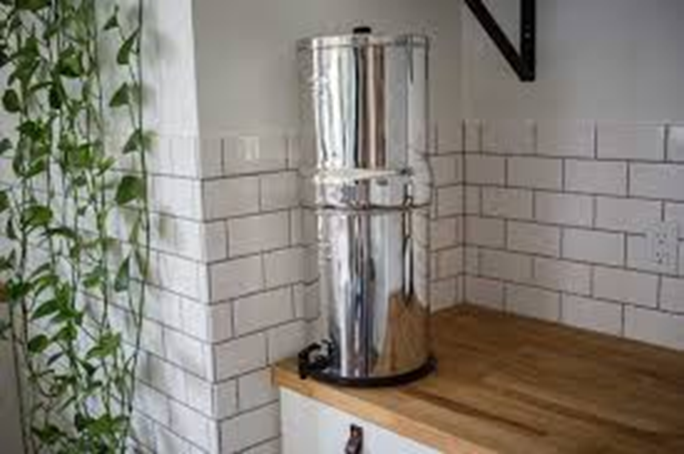An emergency kit should include food and water for at least three days, any medication needed, pet supplies if needed, a whistle to call for help, important documents and ID, things to stay entertained without electricity, a flashlight, batteries, cash and first aid supplies, according to The gas tank in your car should also be filled and should have extra emergency supplies and spare clothes in case you need to leave in a rush.
Tell family and friends about your plan and coordinate ahead of time how to stay in touch during the storm if, say, you need to evacuate. Potential threats from hurricanes include powerful winds, heavy rainfall, storm surges, coastal and inland flooding, rip currents, tornadoes, and landslides. If you are not in an area prone to flooding and planning on riding out the storm at home, gather adequate supplies in case you lose power and water for several days and you are unable to leave due to.
Preparing for a hurricane or tropical storm, and following the advice of officials, is the best way to ensure the health and safety of your family and loved ones during an emergency. Whether you need to evacuate home or get stuck in your house without power for a few days, a disaster supply kit will make sure you have enough supplies to survive the storm. While most commercial and industrial facilities along the Atlantic and Gulf Coasts have been built to withstand the effects of hurricane-force winds, building managers can take a number of additional steps to mitigate the damage and safety hazards that can occur during major storms.
Celebrate the end of hurricane season by donating all of the canned foods purchased for your emergency kit, as well as all of the unspoiled perishable items in your fridge, to your local soup kitchen. Read the top hurricane safety tips for keeping your yard, roof, windows, doors and home appliances safe before the storm. You should gather supplies into a disaster kit to help you stay safe during a hurricane.
Being prepared for hurricanes can make an enormous difference to your family’s safety. If you are located in the impact area of the storm, it’s important that you, your family, and your pets remain inside at all times, and away from windows, skylights, and glass doors. Sign up for local alerts and warnings, plan for possible shelter options, and stay tuned to local wireless emergency alerts, radio, or TV for weather updates, emergency instructions, or even direct evacuation orders.
For this reason, it’s incredibly important to have a well thought out hurricane preparedness plan for your family, pets, home, and business before a storm hits. You could schedule a time to gather and prepare your supply kits together, discuss potential evacuation routes and ways to stay connected. Whether this season turns out to be less severe as expected or not, this week is National Hurricane Preparedness Week and the perfect time to plan for an emergency.
During the aftermath, prepare to stand in line for hours to buy basic items like water, food, basic supplies, gas, or to get money out of the ATM. The emergency kit should include first aid supplies, a flashlight, extra batteries, at least three days of non-perishable food and water, towels and a supply of any necessary medications. ABA is encouraging consumers to prepare for hurricane season by assessing their home’s risk and developing emergency plans to protect against a potential storm. The best way to ensure you have clean water is by investing in an off grid water system. www.usaberkey.com is a great place to learn more about off grid filtration.
It should include food and water as well as flashlights, batteries, chargers, a first aid kit, sanitation and hygiene items, as well as any medication you or your family may need if you’re displaced. Here are six ways to prepare for dangerous weather — and stay safe — during hurricane season: Services on the mobile application include creating an interactive emergency kit, developing a customized family communication plan, connect with utility companies, check weather reports, and have access to emergency preparation guides, so to be more informed during emergencies.
Recommendations by the Connecticut Department of Emergency Services and Public Protection offer the following tips that all Connecticut residents take three simple preparedness steps: Get a kit, make a plan, and stay informed. “ Careful storm and hurricane preparedness planning can go a long way towards helping you weather a crisis brought on by storm. Hurricanes, tropical storms, and the flooding that comes with them can cause a lot more damage than meets the eye.
The biggest threats to personal safety during a hurricane are high winds (which can break windows and skylights), flooding (and therefore electricity), and lightning.

